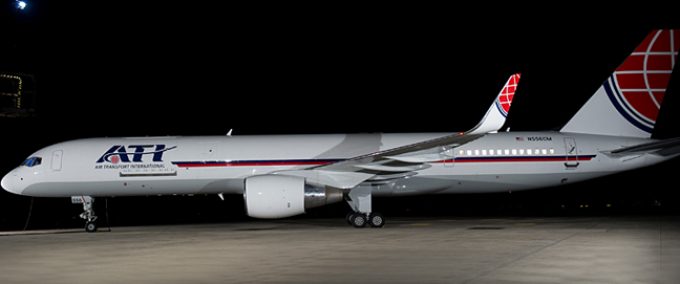Evri gets 'Premium' boost from merger with DHL's UK ecommerce division
UK customers of courier Evri are breathing a sigh of relief today, following the news ...

ATSG yesterday announced a revenue increase of 19% to $176.5m for the second quarter, but the ‘Amazon effect’ hit costs. Net earnings in the second quarter grew 7% to $11.5m – but they fell slightly to $19.7m in the first half.
“Ramp up” costs for Amazon ...

Comment on this article